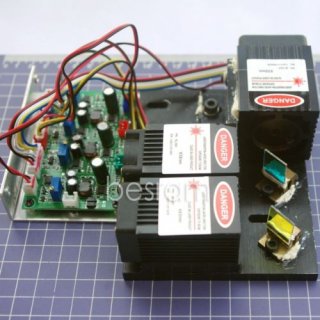benscammell
Well-known member
Ok so this is a big, expensive project, which will go slow... may never happen, but if it does... will be epic.
Using a 100cm acrylic sphere, frosted by shot blasting, project on to the inside surface an outline of every country / continent or starmap etc. using an RGB laser...
Then find some way of sensing touch on the sphere surface to make the globe spin as you touch and move your finger over the sphere.
This project has a (good) budget, and has to use Teensy somewhere!
Anyone got any ideas?
Anyone want to get involved?
Cheers, Ben
Using a 100cm acrylic sphere, frosted by shot blasting, project on to the inside surface an outline of every country / continent or starmap etc. using an RGB laser...
Then find some way of sensing touch on the sphere surface to make the globe spin as you touch and move your finger over the sphere.
This project has a (good) budget, and has to use Teensy somewhere!
Anyone got any ideas?
Anyone want to get involved?
Cheers, Ben


